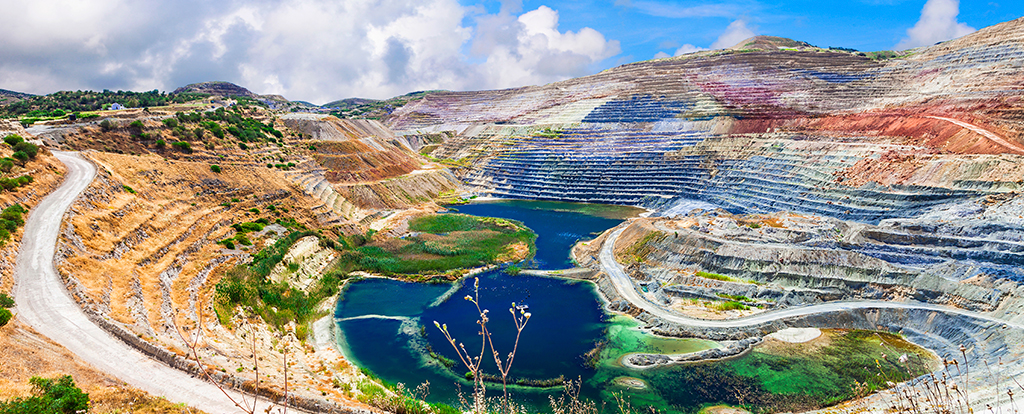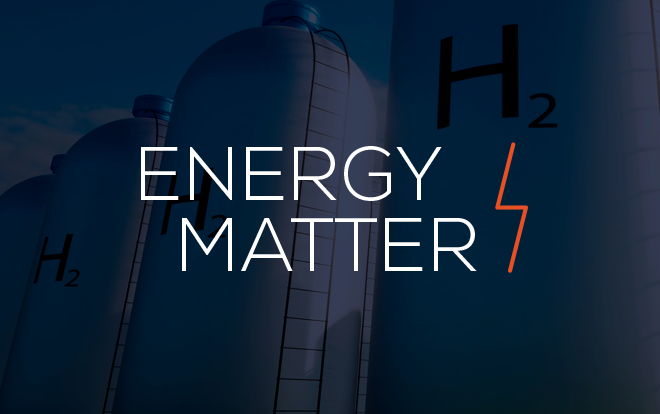CO2 Capture Technology & Management Decision Making
Norda Stelo is squarely focused on decarbonizing the mining and metals supply chain to enable a low carbon energy transition. In my previous article, Getting to a Carbon Neutral Mine Through Mine Waste CO2 Mineralization, the topic was how mines with the appropriate host orebody can offer important opportunities for long-term, permanent, CO2 removals. Questions were asked around other management opportunities should mineralization in tailings or waste rock not be an option and, for those focused on CO2 capture from flue gas, how to go about determining which capture technology to select. Let’s dive in.
Context
There are mixed views on carbon capture and storage, or CCS, including some highly negative ones around cost, the technology not being proven, and how it enables fossil fuel development. On cost, there is no way around it. You are managing a massive amount of gas while seeking to separate out a small percent, such as 5-10% by volume, through interacting the entire gas volume with the surface area of another medium to (typically) absorb/adsorb the CO2 and release it, followed by compression and transport. So yes, it is hugely expensive. However, for many asset classes, fuel switching or electrification have significant technical, financial, and even supply constraint barriers that keep CO2 capture in the running as the lesser of evils. Indeed, some asset types and associated processes will release CO2 regardless of the energy source (i.e. cement).
Certainly, while many CO2 capture technologies are emerging and still need to be proven at a commercial scale, the incumbent technology – amines – have been around for decades; just not applied to flue gas (post-combustion). Many promising emerging technologies or process advancements are being advanced which will certainly help to bring down the costs, but only to a certain degree.
For these facilities, then, the question becomes: How can capture be done at the lowest cost with the highest net, permanent, GHG benefit in the safest and most environmentally responsible way?
And, what if there is no established storage option in close proximity, and you don’t own a mine with an ultramafic host ore body or don’t own a mine at all! Many asset owners are not in a region where storage is an option; yet CO2 capture is increasingly becoming the only choice they are seeing for the coming decade. This is the tough decision many are faced with.
Getting to a Decision – CO2 Capture
To be clear, CO2 capture is highly feasible for most flue gas types. It is a matter of cost. And the overwhelming majority of industry leaders advancing flue-gas based capture are clear about the need for government support and certainty in order to make the economics fly.
There are so many factors that go in to deciding which technology to pursue. For any decision the characteristics and context around the asset itself will be the primary driver. Fundamental technical factors tend to be:
- Availability of some CO2 management option, storage, mineralization, or otherwise.
- Flue gas volume
- CO2 concentration in the flue gas
- Available thermal energy
- Availability of adequate plot space
- Constructability
While these technical factors can narrow down options, other drivers will inform the ultimate decision such as:
- Licensor experience, including reputation (i.e. some find working with large well-known multinationals brands a safer bet that is more bankable with investors).
- Technology reliability and the extent to which it has already been deployed
- Established supply chain for dependable and timely delivery and construction
To support a final decision, often a good first step is to test the technology should the company have mobile test units (typically 1 t/d). This can provide critical information into the efficacy of the technology for a specific flue gas while also familiarizing yourself with the operation of the technology if you intend to be the operator.
As there are ample technologies to consider one must do their own research to determine fit, from both a technical and business perspective. Examples of a few emerging, novel, technologies to highlight are:
Cycle Carbone – enzyme free potassium carbonate system using hot water and avoiding potential negative environmental impacts associated with amines.
Carbon Clean – advancing a rotary packed bed amine-based system to increase mass transfer and reduce capital costs.
Mantel Energy – high temperature molten borate system that consumes natural gas to create steam (revenue) while capturing its own and adjacent industrial flue gas.
Svante – Temperature swing adsorption system using structured adsorbents with direct steam regeneration.
Aker – Modular based amine-system with different capacity options applied onshore or offshore.
CO2 Destination Management in Absence of Storage or Mine Waste Mineralization
The destination and associated management of CO2 is the tail that wags the dog of the CCS value chain. While there are proven storage options in Alberta, there are high potential options in each of British Columbia, Ontario, Quebec, and the east coast. However, these have significant hurdles to overcome not just to identify the specific location and then validate the size, containment integrity, porosity, and permeability of potential storage facility locations but to overcome the regulatory and public acceptance hurdles.
An area of Norda’s focus is to support those facilities seeking to advance capture but having limited CO2 management options. Given our efforts and experience in the hard to abate sectors there are several options we explore pending the local context. Some of the novel and emerging options beyond mineralization in tailings as we discussed in the previous blog, are:
i. Utilization technologies that can permanently remove carbon at significant volumes.
- Any value-added product generated at significant volumes will likely require hydrogen. And while e-fuels, such as Sustainable Aviation Fuel (SAF), are actively being advanced they don’t quite meet the test of permanence; rather, they’d be classified as a temporary offset that re-utilizes a CO2 molecule while offsetting a fossil fuel based one. One area of interest to advance when lower-cost low carbon H2 become available CO2 to methanol (or ethanol) for long-life end products as a resin into certain plastics that don’t end up in the landfill such as Plexiglas.
- Utilization processes for building materials should certainly be considered, however some technologies might only consume a small fraction of the total CO2 emitted from the facility. Those that can incorporate larger volumes, such as Carbon Upcycling Technologies or Carbonova, are examples of promising technologies with the ability to substantially decarbonize individual facilities through transforming significant volumes of CO2 into long-lived, permanent, products.
ii. In Situ Mineralization
- While most areas don’t have local saline aquifers at depth, some do have ultramafic geological formations (e.g. basalt) in the region which, injected in as a solution with water, have proven to mineralize over a relatively short time period. Initiatives in both British Columbia and Quebec are being advanced to prove and develop these options.
iii. Closed System Ex-Situ Mineralization
- Exterra Carbon is generating magnesium oxide (MgO) through remediating asbestos ponds that can then mineralize CO2 from captured sources within a given radius (ensure net life-cycle greenhouse reductions). This MgO can be transported to a location that is actively capturing CO2, mixed with that CO2, and be placed in a nearby quarry or tailings facility for permanent removal.
iv. CO2 Shipping
- For those industrial facilities that are near a port, the shipping industry is actively advancing a global CO2 shipping service to Norway as well as the Gulf of Mexico. Based on Norda’s analysis, the net GHG emissions reductions are still significant, though a formal GHG LCA should always be done for every project, and the cost of shipping are quite competitive. This of course depends on your location; however, the option should be considered.
These are some of the options that can be considered in absence of local, established, geological saline aquifer (or EOR) storage. Regardless of option, and assuming viable economics, what is paramount is the integrity of any reductions. Particularly if they are to be sold into a voluntary (or regulated, for that matter) market. One important initiative to become aware of is the Voluntary Carbon Markets Integrity Initiative which provides critical guidance on this front.
Summary
While CO2 capture is expensive and certainly carries risk, for some industrial facilities it is the only tool they have available. When in this position, capture technology decisions need to be made carefully and thoughtfully given the industry is still emerging and there are relatively limited levels of deployment at a commercial scale. The decision goes hand-in-hand with determining the appropriate long-term management which, for those lacking storage options, may require a new approach that will need to embrace innovation. Given the scale and urgency of the climate crisis, the faster and more we can learn from each other’s experiences the better. There is no time to waste.

Author
Matthew McCulloch
Decarbonization Lead at Norda Stelo





